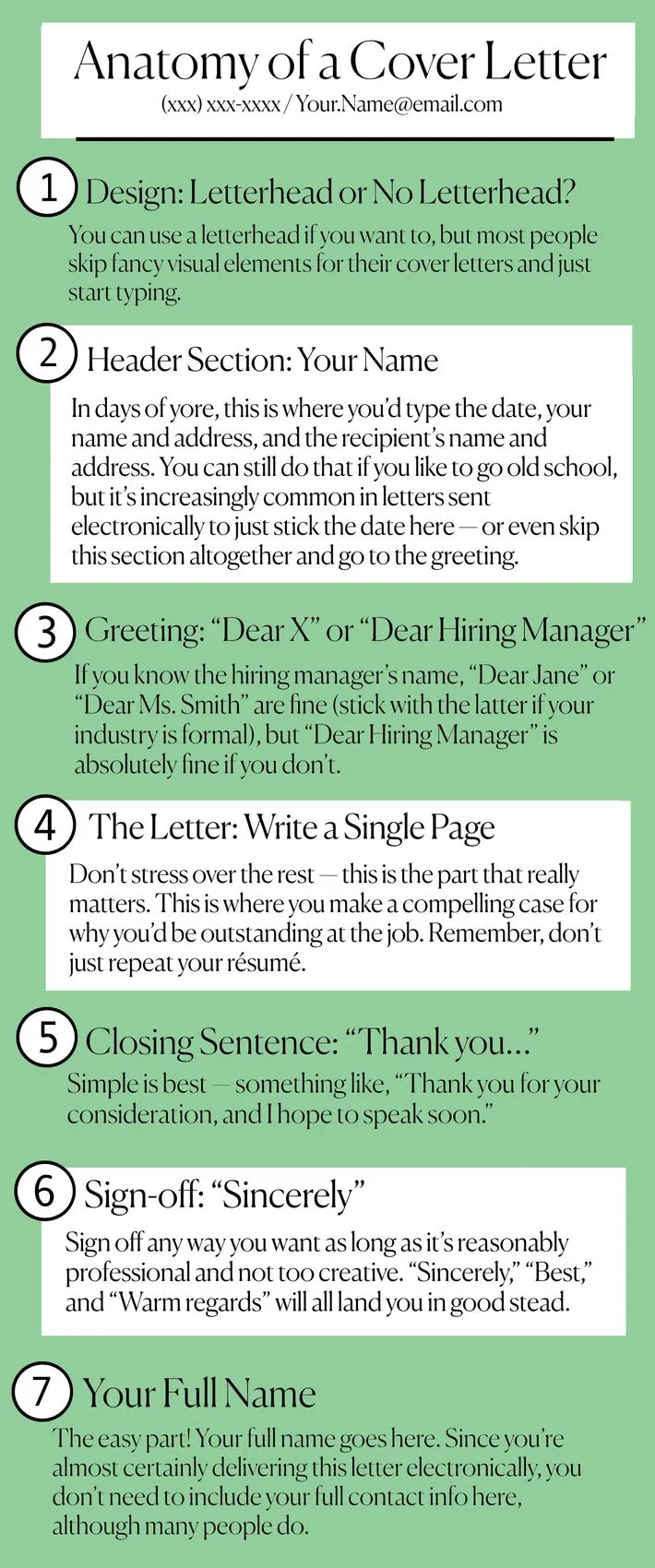Cover Letter Essentials Understanding the Basics
A cover letter is a crucial document that accompanies your resume when applying for a job. It serves as an introduction, providing context to your application and highlighting your relevant skills and experiences. Unlike a resume, which provides a factual overview, a cover letter allows you to express your personality, explain your motivations, and demonstrate why you are a perfect fit for the specific role and company. A well-crafted cover letter can significantly increase your chances of getting noticed by the hiring manager and securing an interview. It is your chance to make a compelling case for yourself and stand out from other applicants. Understanding the basic purpose and importance of a cover letter is the first step toward crafting a successful one.
Why Cover Letters Matter Making a Strong First Impression
In a competitive job market, a cover letter is your opportunity to make a strong first impression. It provides the hiring manager with a glimpse into your personality, writing style, and communication skills. A well-written cover letter demonstrates your attention to detail, your genuine interest in the position, and your ability to articulate your value proposition. It also allows you to address any potential gaps or weaknesses in your resume, such as career changes or employment gaps. By showcasing your enthusiasm and tailoring your letter to the specific job requirements, you can create a positive impression that sets you apart from other candidates and increases your chances of landing an interview. Think of your cover letter as a marketing tool, selling your skills and experiences to the employer.
Cover Letter Structure Formatting Your Letter
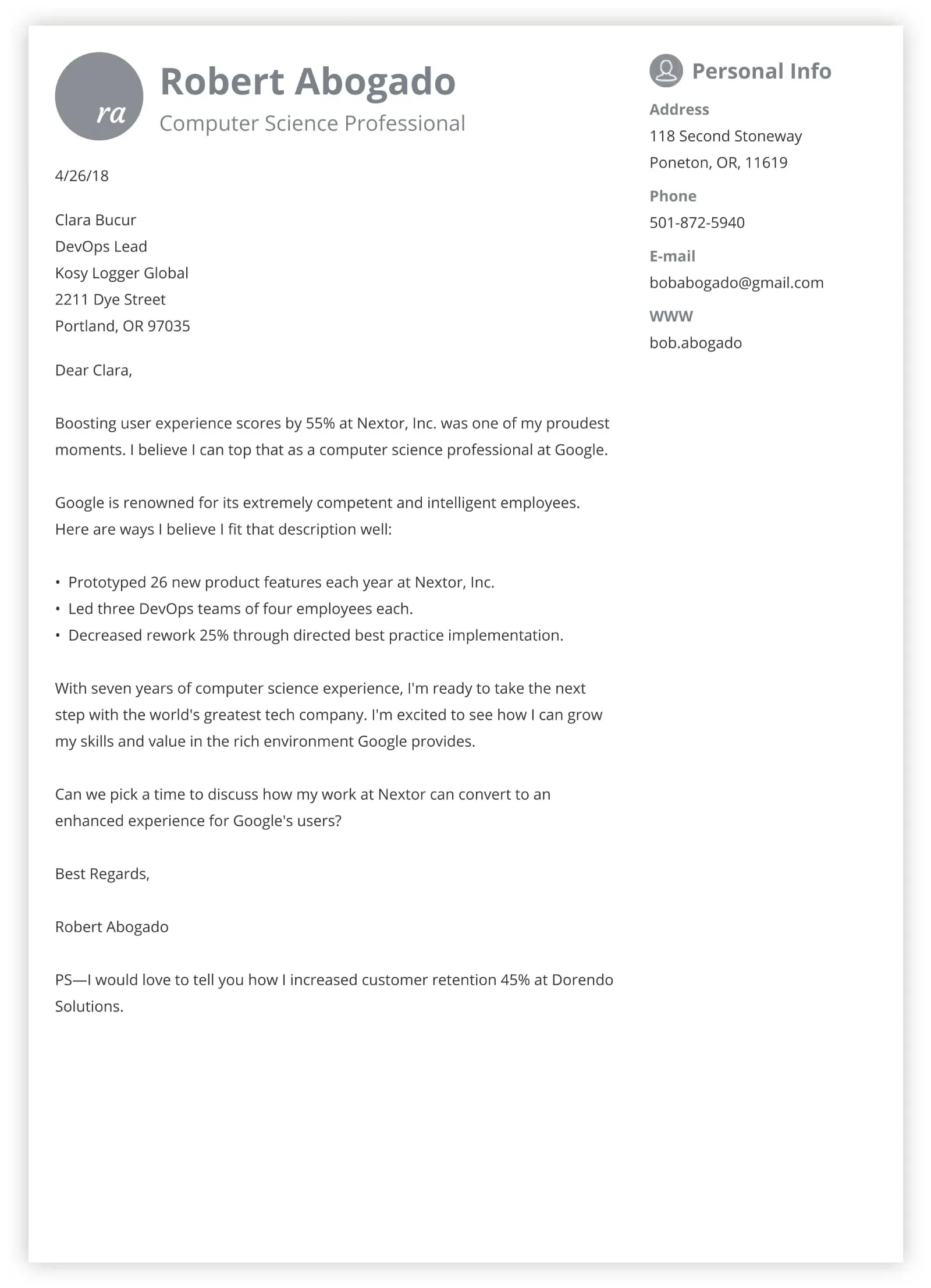
The structure of your cover letter is essential for readability and professionalism. A standard cover letter typically includes the following sections: contact information, date, recipient information, opening paragraph, body paragraphs, closing paragraph, and signature. Each section plays a vital role in conveying your message and showcasing your qualifications. Using a clear and concise format helps the hiring manager quickly grasp the key information. Maintaining a professional and organized layout demonstrates your attention to detail and your ability to communicate effectively. This structure helps in a logical flow of information, making it easier for the reader to follow your key points and understand why you are the best fit for the job.
Contact Information Including Your Details
Your contact information should be placed at the top of your cover letter, typically on the left side. Include your full name, phone number, email address, and professional LinkedIn profile URL (if you have one). This allows the hiring manager to easily contact you for an interview or further information. Make sure your contact information is up-to-date and professional. Double-check that your email address is appropriate and reflects your professional identity. Using a clear and easy-to-read format ensures that your contact information is accessible and that the hiring manager can reach you without any difficulty. Accuracy in this section is crucial, as it directly impacts the employer’s ability to contact you.
Date Properly Formatting the Date
The date should be placed below your contact information, typically on the right side of the page. Use a standard format such as Month Day, Year (e.g., October 26, 2023). This indicates when the cover letter was written and is a simple but important detail that shows you pay attention to professionalism. The date helps in keeping track of the application and its progress, and it also presents the letter as current. Ensure the date is consistent with the date on your resume to maintain a professional look. This simple element adds to the overall polished impression of your cover letter.
Recipient Information Addressing the Hiring Manager

Addressing the hiring manager by name shows that you have done your research and are genuinely interested in the position. If possible, find the name of the hiring manager or the specific person to whom you are applying. Researching the company website, LinkedIn, or contacting the company directly are great ways to find this information. If you cannot find a specific name, use a professional salutation such as “Dear Hiring Manager” or “Dear [Department] Team.” Avoid generic greetings like “To Whom It May Concern,” as they can make your letter seem less personalized. Addressing the letter properly demonstrates respect and attention to detail, making a positive impression on the reader.
Opening Paragraph Hooking the Reader
The opening paragraph is your opportunity to grab the hiring manager’s attention and create a positive first impression. Clearly state the position you are applying for and where you found the job posting. Briefly mention why you are interested in the role and the company, showing your enthusiasm. You could also include a brief statement about your key skills or experience that align with the job requirements. The goal is to immediately engage the reader and make them want to read the rest of your letter. A compelling opening paragraph can significantly impact whether the hiring manager continues reading. Keep it concise, enthusiastic, and specific to the job.
Highlighting Your Skills and Experience Showcasing Your Value
The body paragraphs are where you highlight your skills and experience, demonstrating your value to the company. Focus on the most relevant qualifications, skills, and achievements that match the job requirements. Provide specific examples of how you have used your skills to achieve results in previous roles. Use action verbs to describe your accomplishments, and quantify your achievements whenever possible. Tailor your content to each job application, emphasizing the skills and experiences that are most relevant to the specific position. Avoid simply repeating information from your resume. Instead, elaborate on your experiences and show how you can contribute to the company’s success. Each paragraph should support your claim to the role.
Tailoring Your Letter Matching Skills to the Job
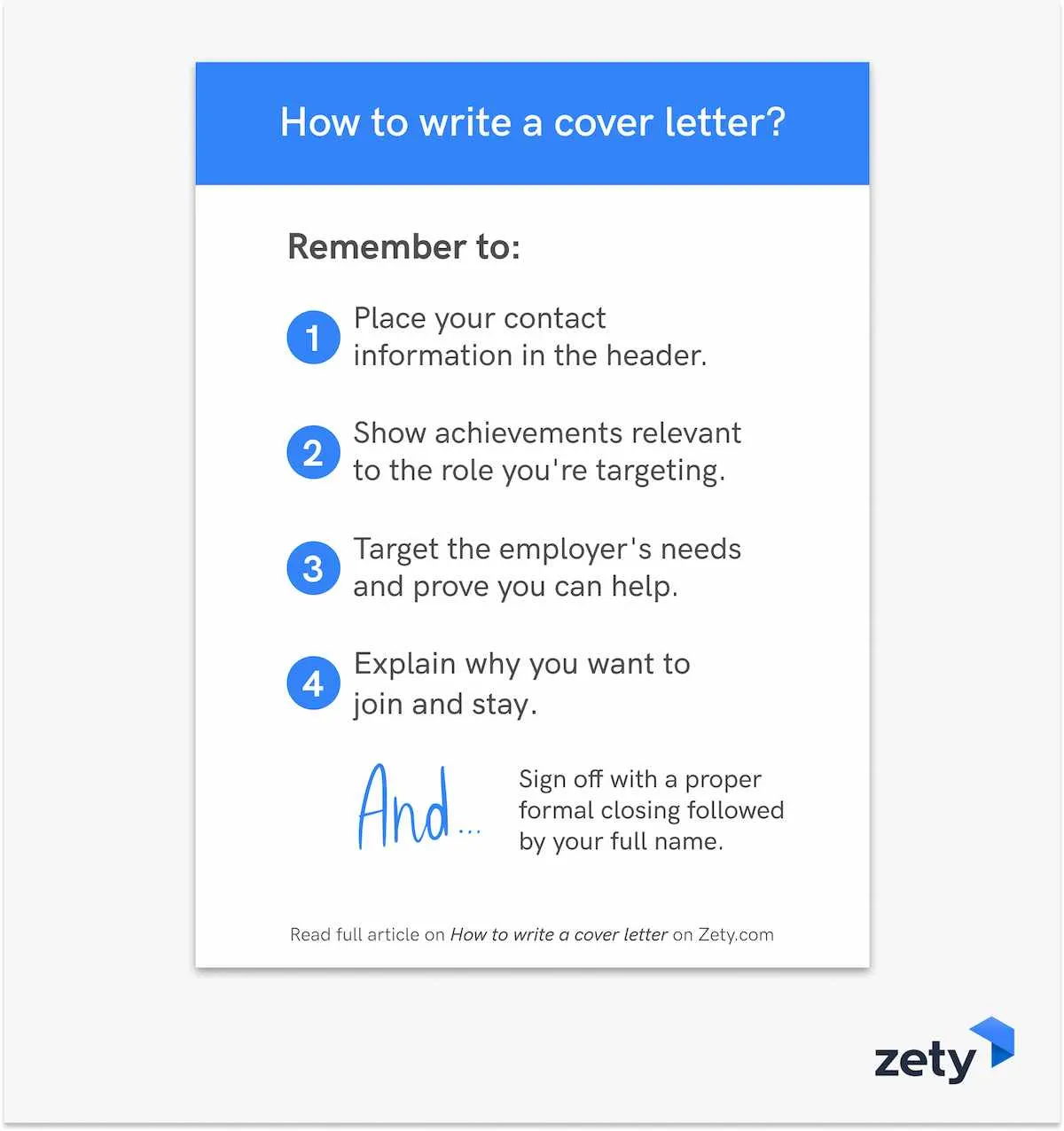
Customizing your cover letter for each job application is essential. Tailoring your letter demonstrates your genuine interest in the specific role and your understanding of the company’s needs. Carefully review the job description and identify the key skills, experiences, and qualifications the employer is seeking. Highlight the specific examples in your background that directly align with these requirements. Modify your letter to reflect these matches, and show how your skills and experience make you the perfect candidate. Generic cover letters are often overlooked. By demonstrating that you have taken the time to understand the role and how your skills fit, you increase your chances of getting an interview. Adapt your content to the specific requirements of each job application.
Quantifying Achievements Using Numbers to Impress
Whenever possible, quantify your achievements with numbers and data. Numbers provide concrete evidence of your accomplishments and demonstrate your impact in previous roles. Instead of saying “Improved customer satisfaction,” state “Increased customer satisfaction by 15%.” Use metrics to show your accomplishments. Use numbers in your cover letter to illustrate your achievements and provide a clear picture of your contributions. This helps the hiring manager quickly understand your value. Quantifiable results create a stronger impression and showcase the impact you can make in the new position. This is more powerful than general descriptions.
Showcasing Your Personality Letting Your Character Shine
While maintaining professionalism, let your personality shine through in your cover letter. Use a professional tone, but write in a way that reflects your authentic self. Show your enthusiasm for the role and the company, and let your passion come through. A little personality can make you more memorable and help you connect with the hiring manager. Avoid being overly formal or robotic, and strive to convey your genuine interest and excitement for the opportunity. This can help you stand out from other applicants. Showing your personality demonstrates that you are not only qualified but also a good fit for the company culture.
Closing Paragraph Making a Call to Action
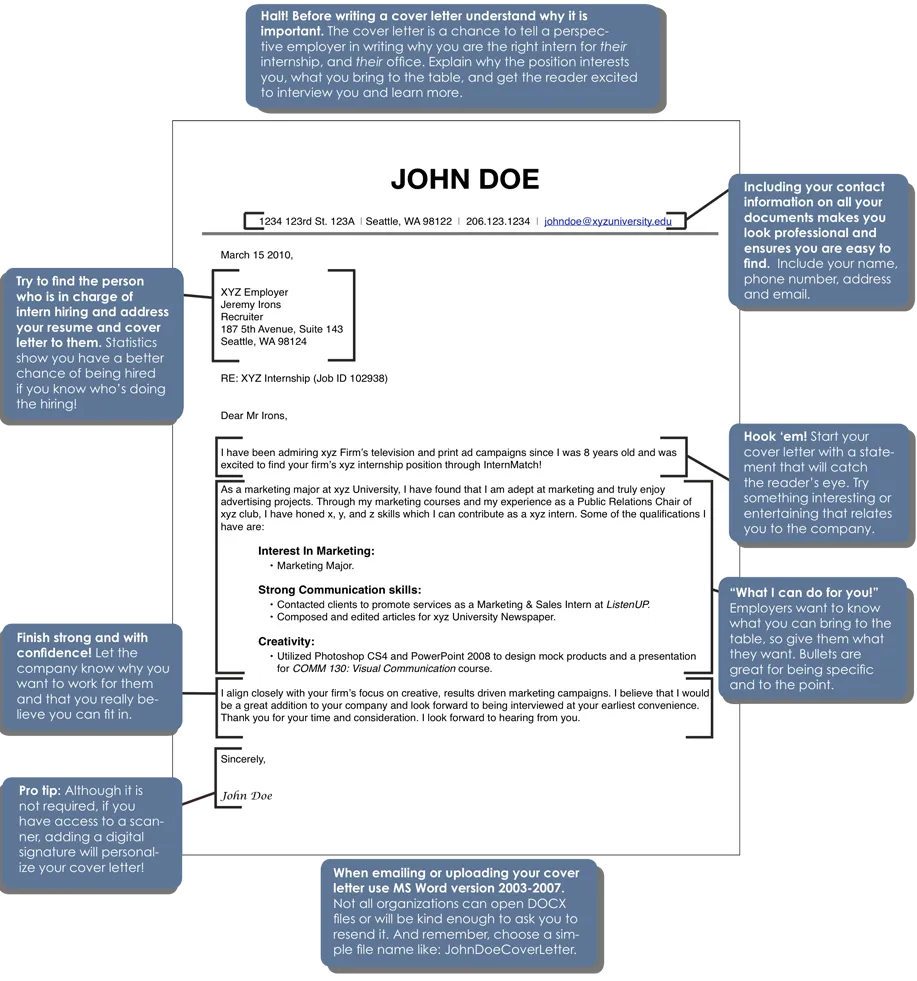
The closing paragraph should summarize your key qualifications and reiterate your interest in the position. Include a call to action, such as expressing your availability for an interview or stating your eagerness to discuss your qualifications further. Thank the hiring manager for their time and consideration. Keep the closing concise and focused on your desire to move forward in the hiring process. A clear call to action increases the likelihood that you will be contacted for an interview. Ending with a positive and proactive statement leaves a lasting impression. Make sure you are easy to contact.
Expressing Enthusiasm and Gratitude Thanking the Reader
Expressing enthusiasm and gratitude is a crucial part of the closing paragraph. Show your genuine interest in the role and thank the hiring manager for their time and consideration. This demonstrates respect and reinforces your positive impression. Showing gratitude makes a big impact and shows your appreciation for the opportunity. This can also provide a positive note on which to end the letter. A sincere expression of enthusiasm and gratitude leaves a positive impression and can help you stand out.
Proofreading and Editing Ensuring Accuracy
Before submitting your cover letter, proofread and edit it carefully. Check for any grammatical errors, spelling mistakes, and typos. Ensure your writing is clear, concise, and easy to understand. Ask a friend, family member, or career counselor to review your letter for any errors or areas for improvement. A polished and error-free cover letter demonstrates your attention to detail and professionalism, making a positive impression. Careful proofreading is essential to ensure your cover letter is the best representation of yourself. It reflects your professionalism and attention to detail, significantly enhancing your chances of making a good impression on the reader. A well-edited letter will make a stronger case for your application.
Common Cover Letter Mistakes Avoiding Pitfalls
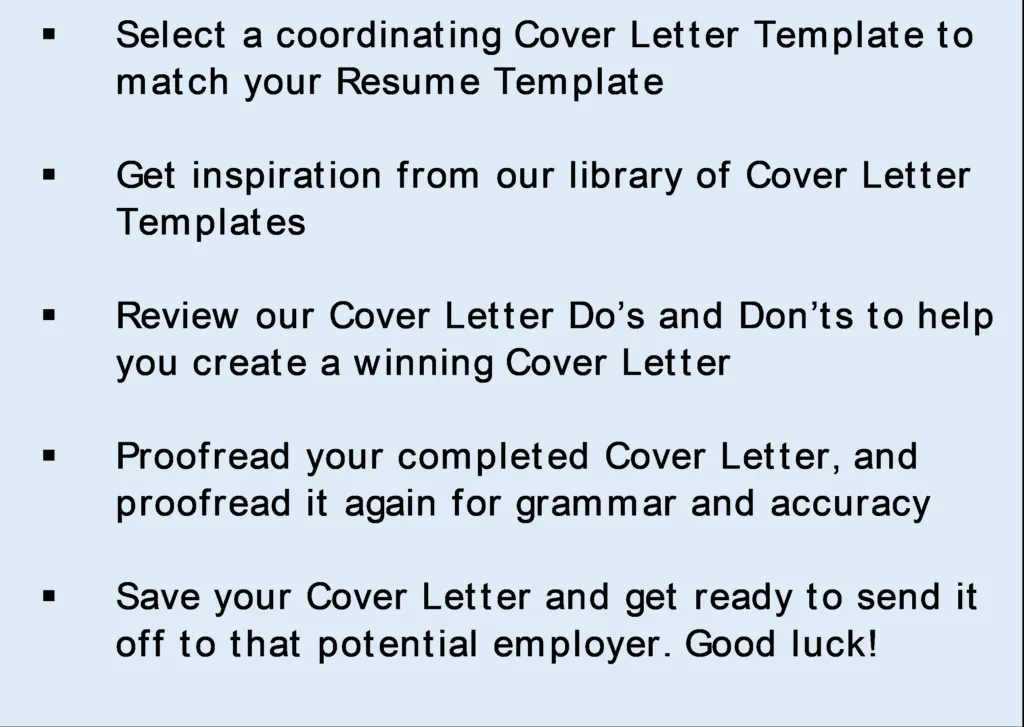
Avoiding common cover letter mistakes is essential for making a positive impression. Common pitfalls include generic letters, typos and grammatical errors, and providing too much information. By understanding and avoiding these mistakes, you can significantly improve your chances of standing out from the competition and securing an interview. A well-crafted cover letter is a key component of a successful job application. The goal is to showcase yourself as a strong candidate. Paying attention to these common mistakes can improve the effectiveness of your application.
Generic Letters Why They Fail
Sending a generic cover letter is a common mistake that can significantly hurt your chances. Generic letters lack personalization, and they do not show that you have taken the time to understand the specific job requirements or the company’s values. Hiring managers can quickly spot generic letters, and they often end up in the rejection pile. Always tailor your cover letter to each job application, highlighting relevant skills and experiences and showing your genuine interest in the position. Customizing your cover letter demonstrates your interest and initiative, and it sets you apart from other candidates. Always make sure the content is tailored to each job.
Typos and Grammatical Errors Checking for Accuracy
Typos and grammatical errors can undermine your credibility and make you appear unprofessional. Proofread your cover letter carefully to catch any mistakes in spelling, grammar, and punctuation. Use spell-check and grammar-check tools, but also read your letter aloud to catch any errors that these tools might miss. Ask a friend or family member to review your letter as well. These errors show a lack of attention to detail. Submitting a letter with these mistakes may lead to it being dismissed. Proofreading is a crucial step. It demonstrates your professionalism and ability to communicate effectively.
Too Much Information Keeping It Concise

Avoid including too much information in your cover letter. Keep it concise and focused on the most relevant skills and experiences. The goal is to provide enough information to pique the hiring manager’s interest and encourage them to read your resume. Do not rehash your entire resume in your cover letter. Instead, focus on the highlights. Be brief and to the point. Long, wordy cover letters can be difficult to read and can lead to the hiring manager losing interest. Focus on what makes you unique and relevant to the job. It should be a concise introduction to your background and qualifications. Avoid overwhelming the reader with excessive details.
Cover Letter Templates Utilizing Resources
Utilizing cover letter templates can be a helpful starting point. They provide a basic structure and format. However, always customize the template to fit your specific qualifications and the job requirements. Templates can save you time and ensure you include the necessary sections. Avoid using a template without customization. Tailor the content to showcase your unique strengths and achievements. Use the template as a guide to help you get started. It’s all about personalizing the document. Ensure you tailor the content to your individual circumstances.
Free Templates and Examples Finding Inspiration
Many free cover letter templates and examples are available online. Research various websites and resources to find templates that suit your needs and the type of job you are applying for. These templates can provide inspiration and guidance. Use them as a starting point to create your own unique cover letter. Do not copy a template verbatim. Personalize the template to reflect your individual qualifications and experiences. Ensure your cover letter reflects your own style and personality. Free resources can save you time and give you a good starting point. Always ensure your content is tailored for the specific job application.
Adapting Templates Customizing for Each Job
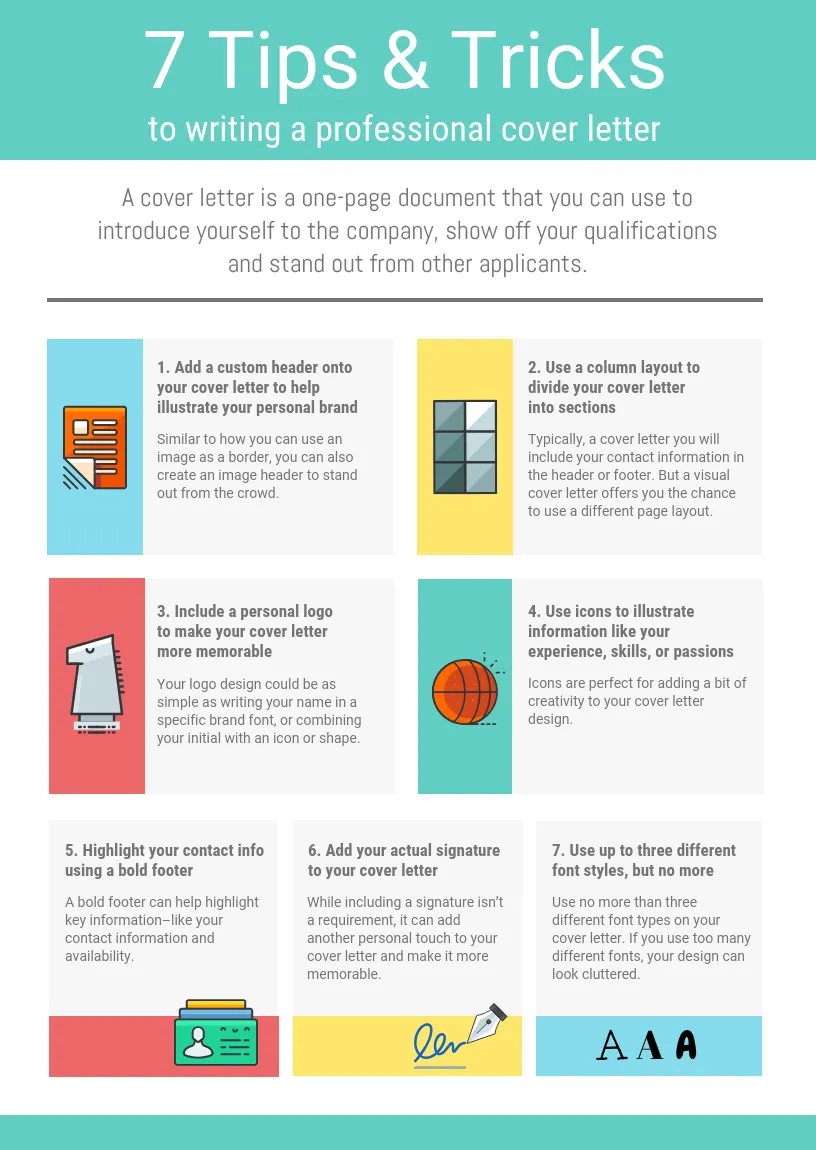
When using a cover letter template, it’s essential to adapt and customize it for each job application. The goal is to demonstrate your genuine interest in the specific role and the company. Carefully review the job description and tailor the content of your cover letter to match the required skills, experiences, and qualifications. Avoid sending a generic template. Highlight the most relevant aspects of your background. Modify your cover letter to reflect these matches. This shows your commitment and makes you the perfect candidate. Be sure to show a distinct interest in the particular job. It will set you apart from other applicants.
Submitting Your Cover Letter Following Instructions
Carefully follow the instructions provided in the job posting when submitting your cover letter. Pay close attention to the required file format, naming conventions, and any other specific guidelines. If the job posting requests a specific file type (e.g., PDF or Word document), make sure to use that format. If there are specific naming conventions for the file, follow them precisely. Ignoring these instructions can make you appear inattentive to detail. Always ensure you meet the specified requirements of the job application. It can lead to your application being rejected. Ensure that your submission adheres to all the requested specifications. This shows your attention to detail and professionalism.
File Format and Naming Best Practices
Use professional file formats and naming conventions for your cover letter. If the job posting does not specify a required format, save your cover letter as a PDF file. PDFs preserve the formatting and layout of your document, ensuring it looks the same on any device. For the file name, use a clear and consistent naming convention, such as “YourName_CoverLetter_JobTitle.” A professional file format and naming convention make it easier for the hiring manager to identify your application. This also demonstrates your professionalism and attention to detail. It will help with the organization and retrieval of your cover letter. Keep the file name clean and professional. This helps the hiring manager when managing many applications.
Sending via Email or Application Portal Following Guidelines
Whether you are submitting your cover letter via email or through an application portal, follow the instructions carefully. When sending via email, include a concise and professional subject line, such as “Application for [Job Title] - [Your Name].” In the body of the email, briefly reiterate your interest in the position and mention that your cover letter and resume are attached. If submitting through an application portal, upload your cover letter and resume according to the platform’s guidelines. Adhering to these guidelines ensures that your application is correctly received and that it does not get overlooked. Double-check everything. Ensure that you meet all the requirements, as this shows you can follow instructions. It improves your chances of your application being reviewed.
